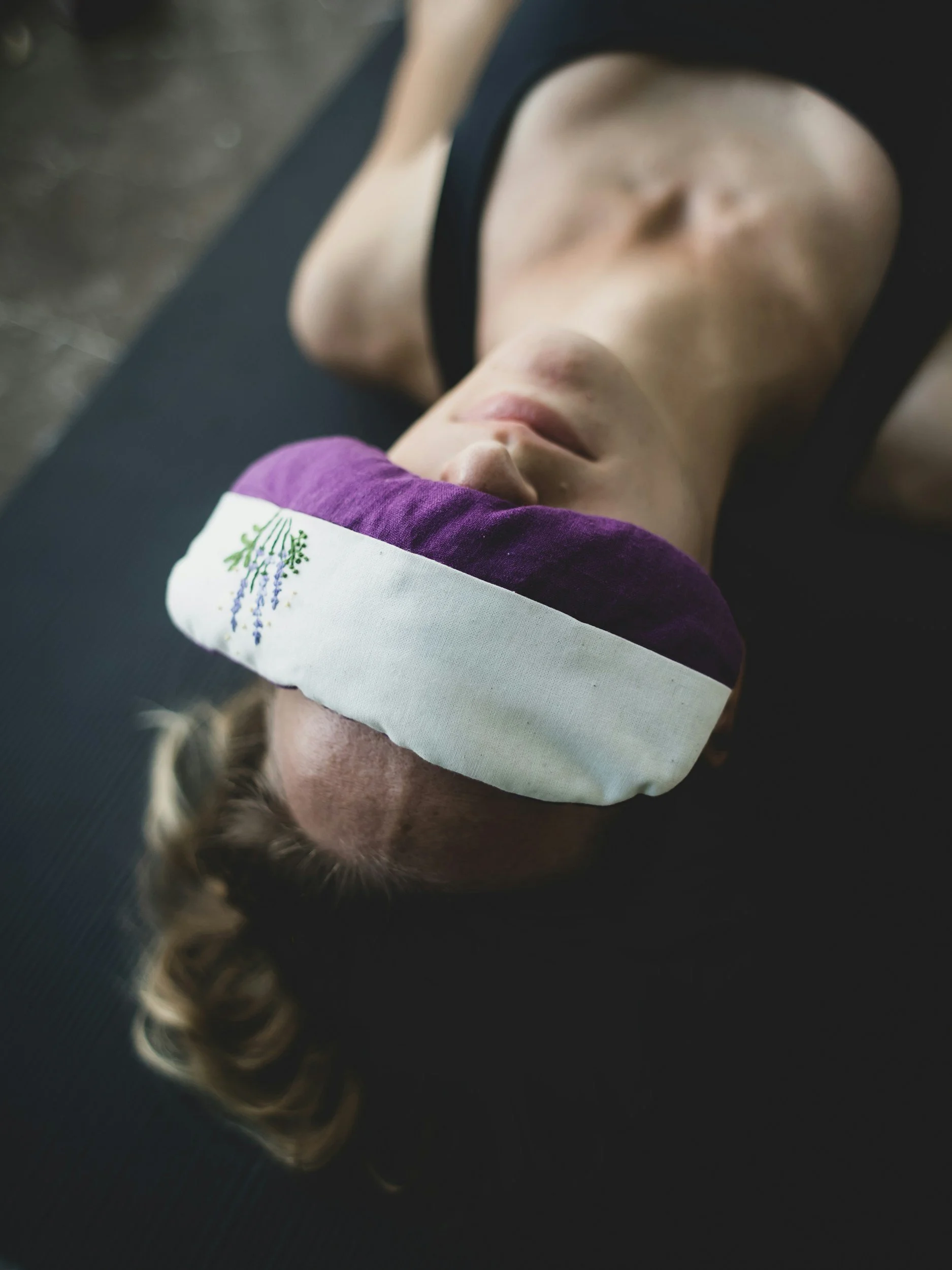
Someone Who Makes You Bristle?
Emotions Live in Your Fascia
Ever tense up just thinking about someone? That shoulder-clenching, breath-holding reaction isn’t just in your head—it’s in your connective tissue.
This week’s podcast explores how emotional residue gets stored in your fascia, shaping patterns of bracing, tensing, and collapse. You’ll also learn how your posture reveals real-time signals from your nervous system—and how to work with them to release what your body’s holding.
Because sometimes, healing starts with what you feel in your structure.

Rigid v. Resilient Strength
Not All Strength Is the Same
Some strength is stiff and rigid—isolated muscles, tight effort, tension masked as power. But true strength is different: it’s fluid, connected, and sustainable.
What makes the difference? Fascia—your body’s living web. When you train fascia along with muscle, strength becomes integrated, springy, and smart. You feel it not just in the gym, but in daily life: carrying groceries, walking stairs, or relaxing with ease.
This is strength that feels like yoga—graceful, grounded, and resilient.

Knot in your shoulders? Tension in your jaw? Try these.
Your Body’s Living Web
3 Gentle Poses to Release Your Upper Back
Your shoulders feeling tight? Jaw clenched? Upper back stiff? This new therapeutic video walks you through 3 floor-based stretches that gently unwind tension from the top down.
Perfect for anyone doing awkward, repetitive upper body work (hi, stylists, dentists, bodyworkers!), this practice rinses and resets your system. It’s also the perfect follow-up to last week’s standing shoulder stretches.
Fascia weaves through every part of your body. It’s sensory, emotional, and always recording. The good news? It’s constantly remodeling based on how you move, breathe, hydrate, and rest.
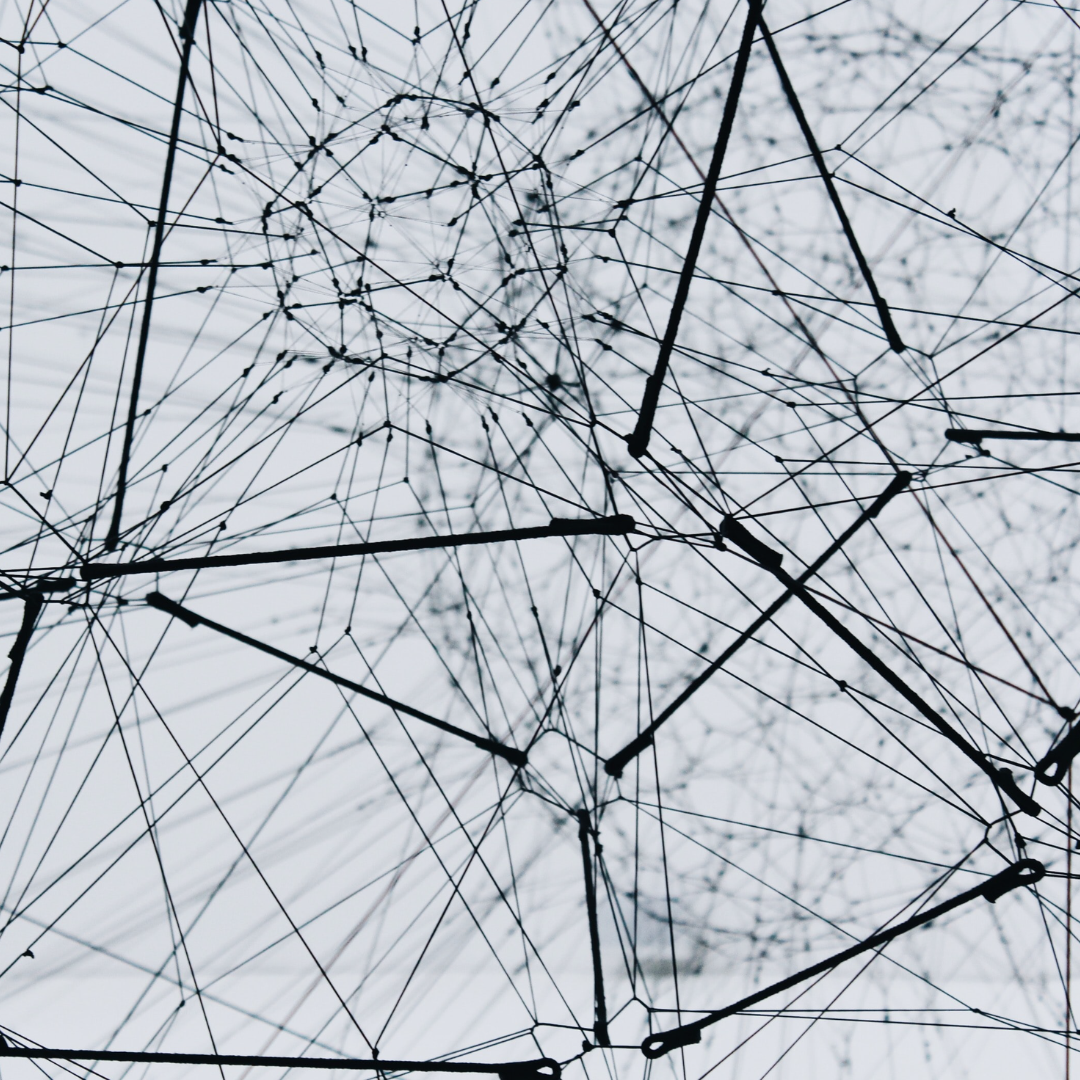
Your Inner Web of Resilience
Your Body’s Living Web
When you think of healing pain or building strength, muscles and joints come to mind but fascia is the missing piece.
Fascia weaves through every part of your body. It’s sensory, emotional, and always recording. The good news? It’s constantly remodeling based on how you move, breathe, hydrate, and rest.
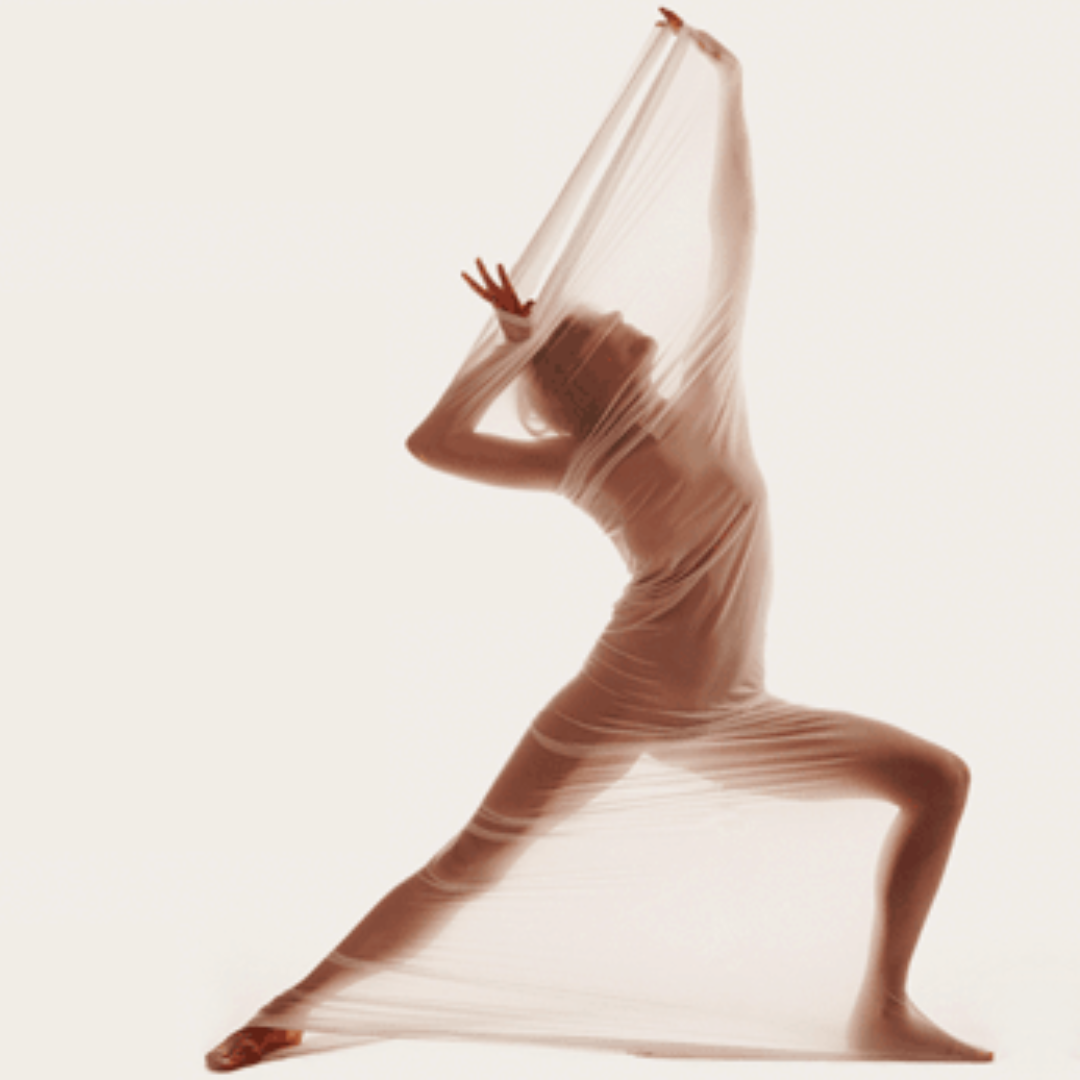
Lower Back need some Love? 3 Movement to do That.
Low Back Pain? Start Here.
When your low back hurts, the instinct is to stretch, twist, or “pop” it—but that usually makes things worse.
This new therapeutic video shares 3 movements to help your back reset and recover by releasing tension, supporting your core, and restoring your natural alignment.
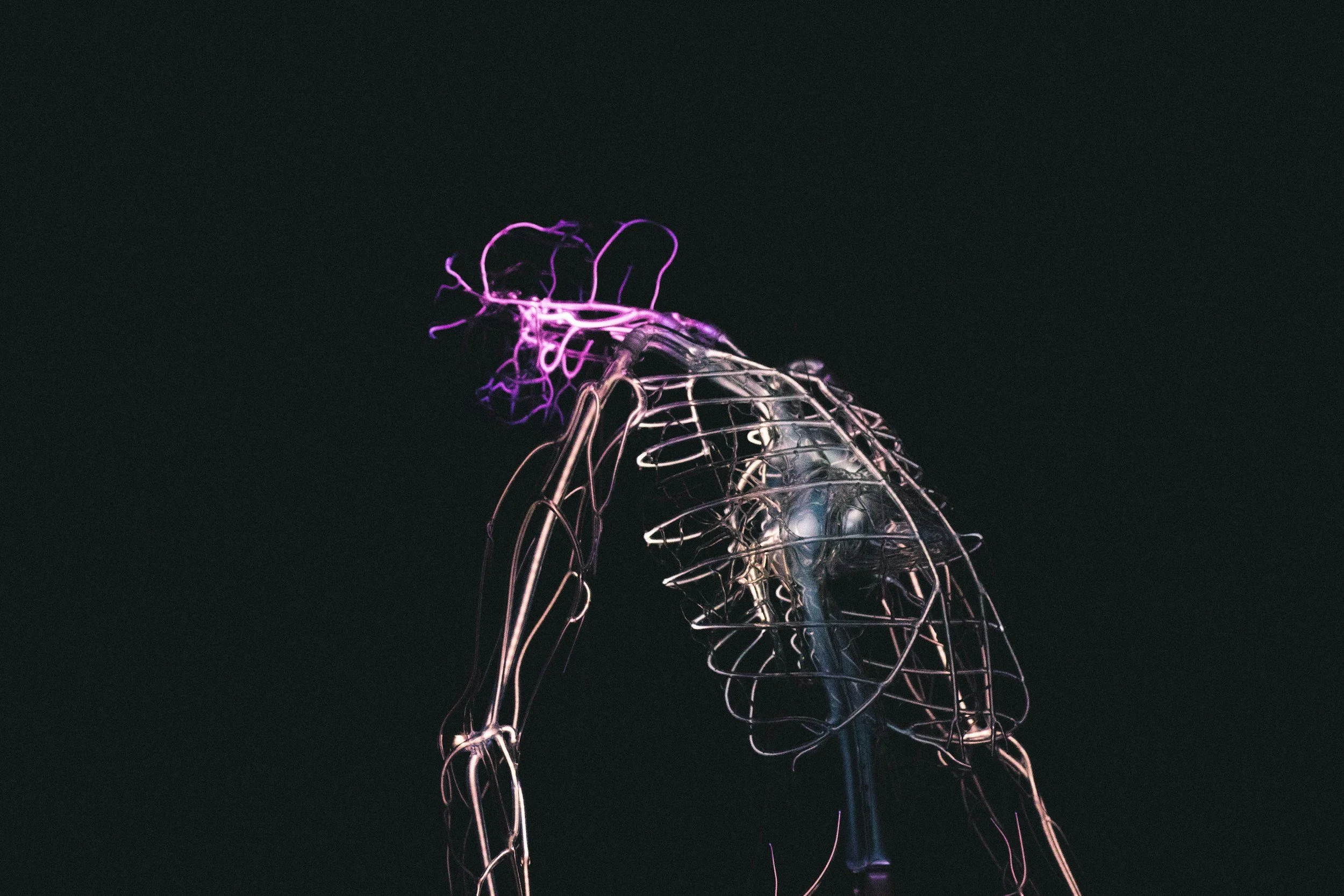
How does the body keep the score?
Issues in Your Tissues?
You’ve heard the body keeps the score—but where does it keep it? More and more research points to your fascia, the connective tissue wrapping your muscles and organs, as the place where stress gets stored.
Fascia is rich in interoception (your inner sense of what’s going on), making it key to healing.
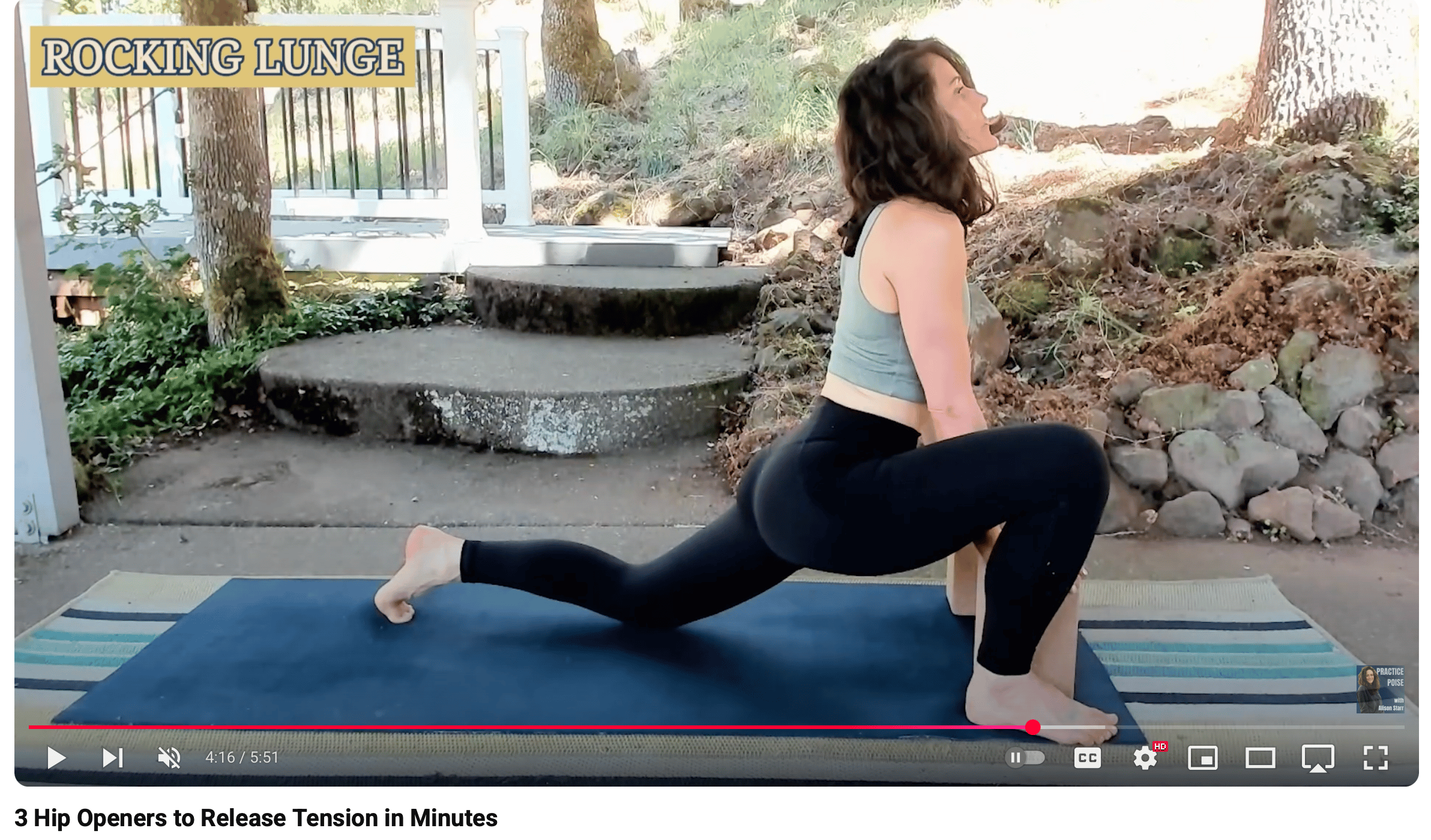
3 Poses to Free Your Hips
3 Poses to Free Your Hips
Been sitting too long? Stiff from a commute, a hike, or just life? This new therapeutic video walks you through 3 simple, effective poses to unlock your hips and feel human again.

What to do about OVERWHELM?
Overwhelm Isn’t Weakness
Feeling stretched thin? Overwhelm is your nervous system’s check engine light and not a personal failure.
In this episode, I share how to recognize the early signs (like sensory overload and decision fatigue) and how to respond with simple, body-based practices that help you recalibrate before burnout hits.
Because overwhelm isn’t weakness. it’s wisdom in disguise.

Depression isn't just in your Head
Depression Isn't just in Your Head, it's in Your Body
I turned to yoga out of desperation—and it worked. Years later, science is catching up, showing how movement and breath can heal from the bottom up.
This 24-minute podcast shares how yoga helped me out of depression—and why it might help you too.

Bend & Bay Area Events
Awesome practice opportunities are on the horizon!
Each of these events has a unique combination of yoga asana and movement science. You'll make discoveries about your body and practice moving, breathing, and healing.

3 Things to Do when Your Body is ANGRY.
How to Move Through Pain
What do you do when your back seizes, your knee bites, or your neck locks up?
This blog shares 3 go-to strategies for navigating pain, rebalancing your body, and supporting long-term healing—without waiting on a massage or PT appointment.

How Yoga Healed My Depression
How Movement Helped Me Heal
Depression hit like a rogue wave—sudden, disorienting, and overwhelming. Yoga was my lifeline. I started practicing just to survive, chasing a few precious hours of peace. Eventually, those hours turned into days, and one unforgettable moment on a Maui highway showed me: I was finally okay.
In this blog, I share how movement—yoga asana, strength training, and walking—helped me rebuild from the inside out. We also revisit what made early yoga so powerful and how to reconnect with its healing roots.
Because sometimes, healing isn’t in your head—it starts in your body.

🤫How do you (really) feel about your yoga practice?
Is Your Yoga Practice Still Working? (Or Just Keeping You Busy?)
This post explores what makes real transformation possible—and why many modern yoga classes no longer deliver it. You'll learn the three core elements required for meaningful change: nervous system safety, empowered adaptation, and identity-level shifts. It also asks an honest question: Is your current practice still doing that for you? If it’s starting to feel more like a workout than a wake-up call, this might explain why. Get ready to rethink your mat, your movement, and your potential.

Why you're stuck (and what to do about it)
The Cycle of Stuck (And How to Break Free)
This post unpacks why you’re not broken—you’re just wired to resist change. It maps the psychological and physiological loop that keeps you in the “I’ll start tomorrow” cycle: the alarm bells, the ego chatter, the pull of the familiar. More importantly, it shows you how to train your nervous system to embrace discomfort, build a new identity through action, and make meaningful change that lasts.
Spoiler: It’s not about willpower—it’s about wiring.
Let the transformation begin.
![Why you don't [insert thing you KNOW would be good for you]](https://images.squarespace-cdn.com/content/v1/5f87174610d2411ec2a09fc7/1750770360181-19HZP2VT7MF4HHRW1K2J/unsplash-image-MfRsFbNKqYs.jpg)
Why you don't [insert thing you KNOW would be good for you]
Why You Keep Falling Off the Wagon (And What to Do About It)
This blog breaks down the emotional terrain of learning and growth: from the overconfidence of beginning, to the free-fall into the Valley of Despair, and finally the steady climb up the Slope of Enlightenment. It’s not failure—it’s a map.

3 Practices to be ANTI-Fragile
Antifragile Starts Here
What if stress didn’t just test you—but made you better?
This blog explores how to cultivate antifragility—a state where challenge strengthens rather than weakens. We dive into three powerful practices: meditation, journaling, and willpower training. Each builds the internal muscles to think clearly, see patterns, and act with consistency—especially when it’s hard. Start with your breath, and build from there. The goal isn’t just to endure. It’s to evolve.

Are you fragile? or ANTI-fragile?
Are You Fragile or Antifragile?
What if stress didn’t just wear you down—but made you stronger? Inspired by a powerful podcast moment with Benjamin Hardy and the groundbreaking concept introduced by Nassim Nicholas Taleb, this blog dives into what it means to become antifragile—to not just survive challenge, but to grow because of it. Whether through strength training, difficult conversations, or mindset shifts, we explore how to shift from fear of failure to fuel for transformation. The journey begins not with bouncing back, but leaping forward.

No more tailbone tucking (what to do instead)
The Female Pelvis: A Different Blueprint
In this blog, we unpack the structural differences—from sitting bones to sacrum—and why common advice like “tuck your tailbone” may be doing more harm than good. You’ll learn a simple but powerful shift: using your sitting bones as the anchor for pelvic floor activation and core strength. It’s a game-changer for injury prevention and long-term stability.
Start standing differently, and everything changes.

Keep your feet happy
Foot First: Rebuilding from the Ground Up
What if healing didn’t start with doing more—but with feeling more? An ankle injury forced me to slow down, and in that stillness, I discovered the quiet intelligence of the feet. Alignment, strength, and even relief began there. That simple floor practice evolved into something deeper: a foundation for smarter, stronger movement. Asana Strong carries that wisdom—where yoga meets biomechanics and every step becomes a chance to realign, rebalance, and reawaken.

Glory Days, Hip Pain, and Defying Aging...
Running Again: A Quiet Revolution Against Aging
What if the pain wasn’t just wear and tear—but a call for more strength? After years of believing running was behind me, strength training sparked a quiet revolution. Now, I run again—not far, not fast, but freely. Asana Strong is born from that journey: a breath-led, strength-centered approach to movement that rebuilds trust in your body. It’s yoga, yes—but with muscle, resilience, and the daring belief that age doesn’t mean decline. It means power, reimagined.